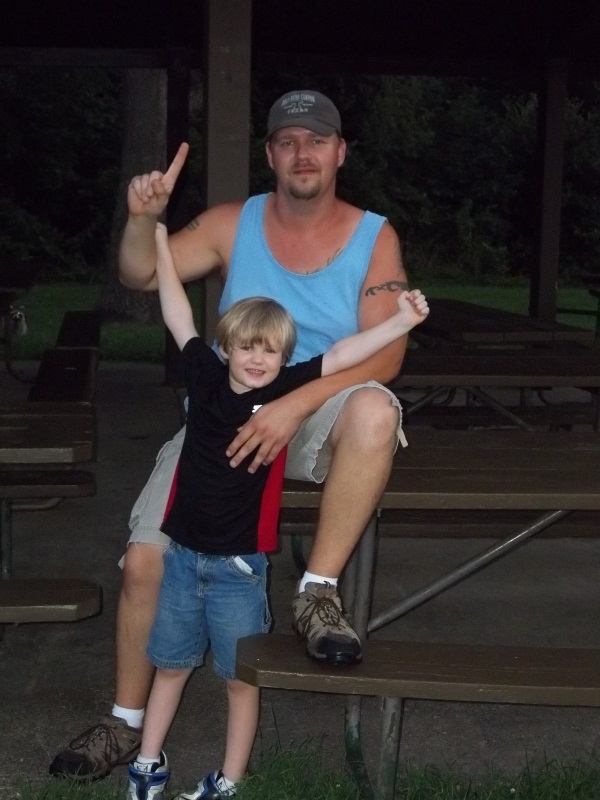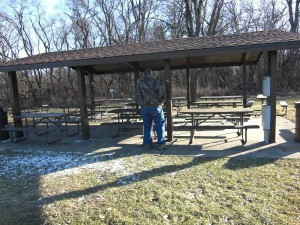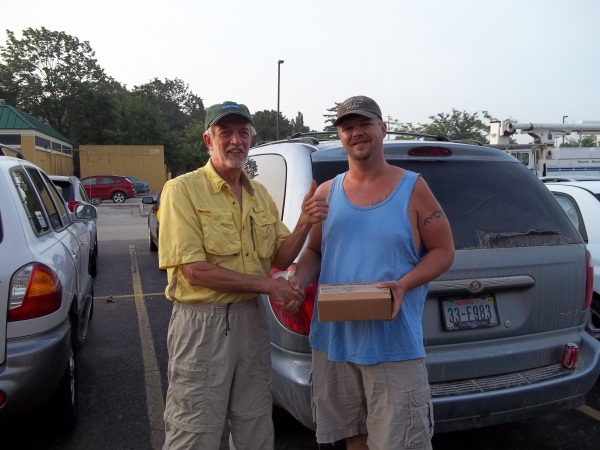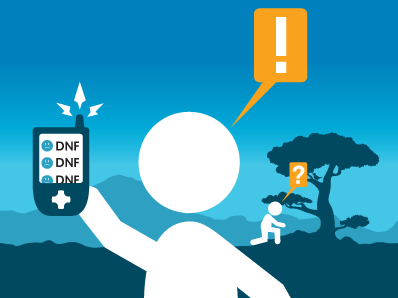In this week’s
Geocaching Weekly Mailer, we talked about logging DNFs (did not find). While no one yearns to log a DNF, they’re a necessary part of the game. DNFs can mean all sorts of things: the geocache has been moved, needs maintenance, or in the case of
A Real Challenge (GC1764C), it could mean that it’s incredibly hard to find.
With 176 DNFs and only one find, A Real Challenge lives up to its name. In fact, it took nearly four years for the FTF. This geocache was hidden near Peoria, Illinois, USA by geocacher
Fuzzy B, who set out with the goal of creating something he’s never seen before, which, with nearly 46,000 finds, is hard to do. “I have felt a little guilty that so many people have spent so much time searching for it,” he said when asked how it felt to be the owner of such a difficult geocache.
In the geocache description, Fuzzy B writes, “Please, to hold down the level of frustration, anger, etc., just put this on your ignore list, it’s not very findable.” But he goes on to reassure us, “Yes, its there. It’s a shelter Cache, a log in a container. Cache is not in, on, or touching any part of the electrical equipment. It’s not on the roof, or under the shingles, nor the drip edge. Cache is exposed to light and air. Cache is within the footprint of the roof. There is NO reason to damage or destroy Park property.”

BransonAdventure after their find.

It’s there somewhere…
A Real Challenge has only one find so far by geocacher
BransonAdventure. “We found at 8:07pm, but waited to log so we could confirm with owner it wasn’t a decoy or mistake. All the way from Nebraska on vacation we extended the Eastward travel just for this cache,” they said in their log, “I will say we spent just a little under 2 hours looking when my husband found it and then to unroll the log, being so excited and shaking felt like it took about as long. The husband and kids did a little jig.” After the find, Fuzzy B came to meet the lucky geocachers.
Even if it’s a little discouraging, DNFs are an important part of the game. Just think, if all the people that had searched for A Real Challenge hadn’t logged their DNFs, the FTF wouldn’t have been as special.
There’s only one way to find out where this geocache is located, but in the meantime, we can speculate. Where do you think it’s hidden?

Geocache owner Fuzzy B meets the only geocacher to find A Real Challenge, BransonAdventure.
Your Comments are Welcomed and Appreciated







